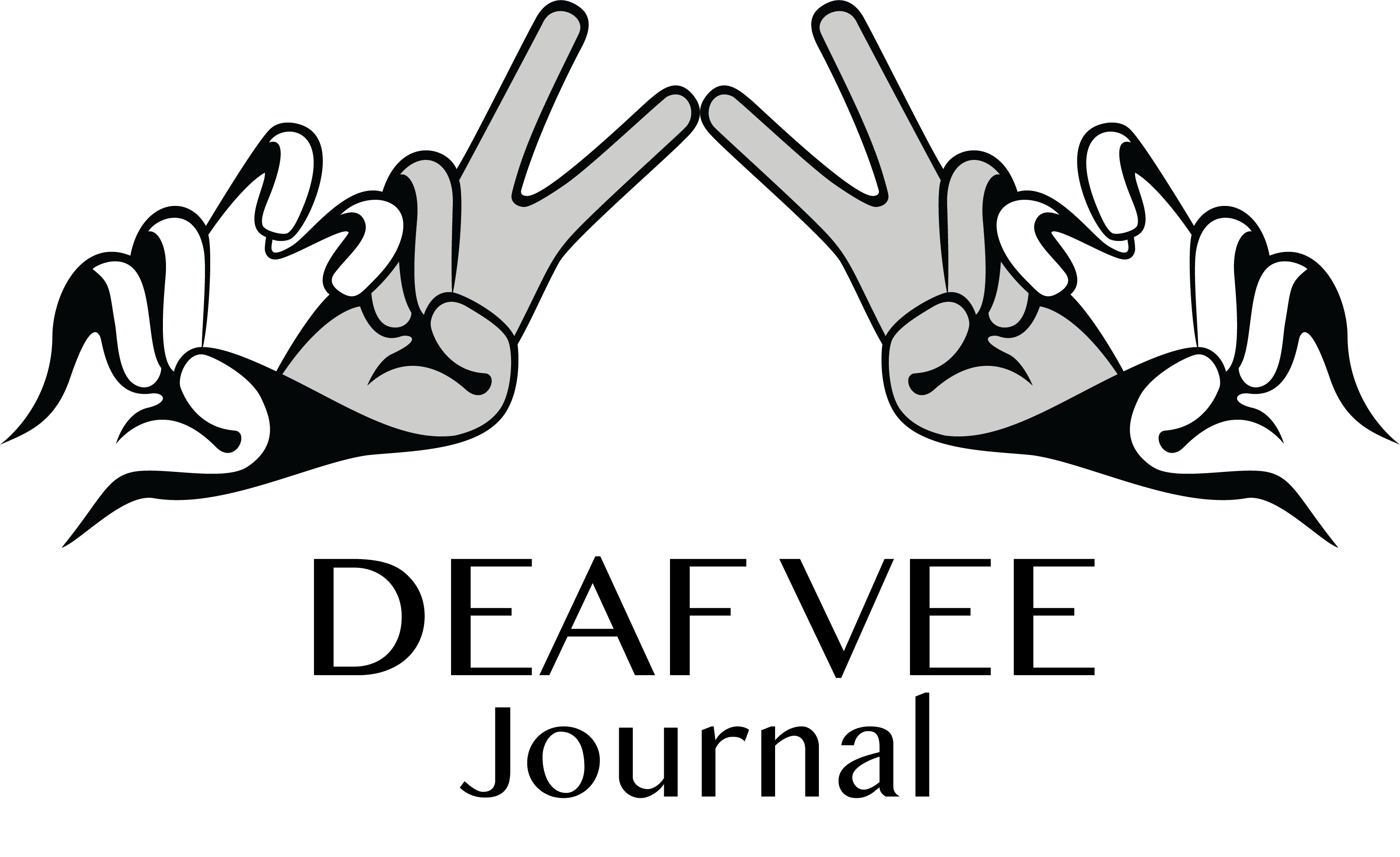Deaf Hear Alberta [DHA] shared a February 12, 2020 press release stating Alberta Health System’s intent not to use live sign language interpreters in most ER departments due to a shift to VRI services. Alberta Health Services is touted as Canada’s “first and largest provincewide fully-integrated health system” that serves 4.3+ million residents. Deaf Vee Journal took the time to do some further investigation.
First, some background information. Alberta is Canada’s fastest-growing province and Statistics Canada projected that Alberta’s population would see a substantial increase from 4.3 million in 2018 to between 6 million and 7.3 million in 2043 (2019). The diversity of Alberta will grow as well, as immigrants are estimated to be 24 percent to 31 percent of their population by 2036 (Statistics Canada, 2017). The rapid population growth of immigrants puts a strain on Alberta Health Services’ capacity to provide accessible healthcare services in their native language. What does this mean for Alberta’s 38,000 Deaf* residents?
The planning, development, and performance evaluation of VRI services in the province of Alberta dates back to 2017, with the Alberta’s Children Hospital in Calgary as the first site to participate in a pilot video interpretation project that would “inform how best to make this technology available to patients and care teams in other locations across Alberta” (Alberta Health Services Report, 2017-2018, pg. 29). Alberta Health Services started a partnership with LanguageLine Solutions to provide language access that same year (Sherri Gallant, 2017).
LanguageLine Solutions is a for-profit spoken language bank with 40+ languages provided via video remote interpreting, including American Sign Language [ASL] and British Sign Language [BSL], and it is based in Monterey Bay, California. Four years ago, the company was sold to Teleperformance for $1.5 billion (over $1.9 billion in Canadian dollars) and Teleperformance is in Paris, France (Slator, 2018).
It appears that LanguageLine Solutions has no proven connection to Alberta’s Deaf* community. LanguageLine Solutions claim that they are using Canadian interpreters but there is no way to accurately verify this because LanguageLine Solutions is a third-party provider (Slator, 2018). This prompts the question of meeting certification requirements to interpret in medical settings. How much of an influence did LanguageLine Solutions’ partnership with Alberta Health Services have in the shift to on-demand VRI services? Do any of the ASL or BSL interpreters who are assigned for VRI with Alberta Health Services sites interact with local Albertan Deaf community members in person on a regular basis? At this time, we do not have an answer for either question as our investigation is still ongoing.
Alberta Health Services released instructions that in-person interpreters are not to be sent to the emergency room department unless the on-site medical personnel determines it is necessary for the Deaf* patient to have one. Was there a check-in with the Deaf* community at all prior to making this decision? Who is qualified to assess the Deaf* patient and make that kind of decision? How is the community taking it? The subpopulation of 38,000 Deaf* Albertans include about 1,457 DeafBlind Albertans, and DeafBlindness is still not federally recognized as a distinct disability (The Canadian DeafBlind Association, 2020).
It is concerning for some because Alberta Health Services could be used as a “provincial model of success,” affecting Deaf* Canadians’ accessibility to healthcare settings in other provinces. Stay tuned for a follow-up article, which hopes to provide explanations for the questions posed above and more.





